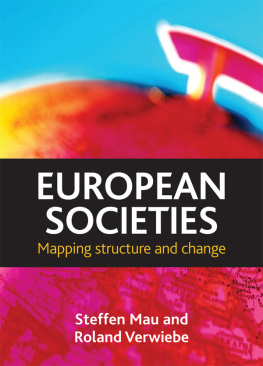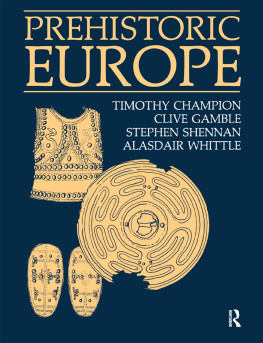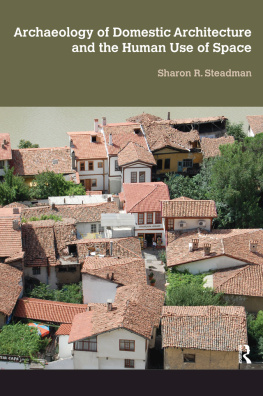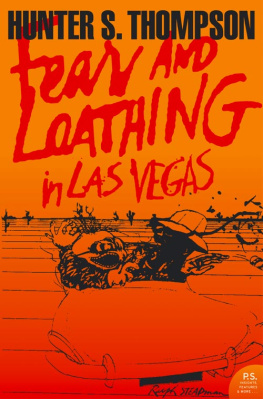The Sociopolitical Structure of Prehistoric Southwestern Societies
Investigations in American Archaeology
Paul Minnis, Series Editor
James A. Brown, Editor, Midwest Region
The Hopewell Site: A Contemporary Analysis Based on the Work of Charles C. Willoughby, Nomi B. Greber and Katharine C. Ruhl
Eastern Paleoindian Lithic Resource Use, edited by Christopher J. Ellis and Jonathan C. Lothrop
A Theory of Northern Athapaskan Prehistory, John W. Ives
Prehistoric Obsidian Exchange in Social Context: A California Study, Thomas L. Johnson
The Sociopolitical Structure of Prehistoric Southwestern Societies, edited by Steadman Upham, Kent G. Lightfoot, and Roberta A. Jewett
First published 1989 by Westview Press
Published 2019 by Routledge
52 Vanderbilt Avenue, New York, NY 10017
2 Park Square, Milton Park, Abingdon, Oxon OX14 4RN
Routledge is an imprint of the Taylor & Francis Group, an informa business
Copyright 1989 Taylor & Francis
All rights reserved. No part of this book may be reprinted or reproduced or utilised in any form or by any electronic, mechanical, or other means, now known or hereafter invented, including photocopying and recording, or in any information storage or retrieval system, without permission in writing from the publishers.
Notice:
Product or corporate names may be trademarks or registered trademarks, and are used only for identification and explanation without intent to infringe.
Library of Congress Cataloging-in-Publication Data
The Sociopolitical structure of prehistoric Southwestern societies /
edited by Steadman Upham, Kent G. Lightfoot, and Roberta A. Jewett.
p.cm.(Investigations in American archaeology)
Includes bibliographical references.
1.Indians of North AmericaSouthwest, NewAntiquities.
2.Pueblo IndiansAntiquities.3.Indians of North America
Southwest, NewPolitics and government.4.Pueblo Indians
I.Upham, Steadman.II.Lightfoot, Kent G., 1953-.III.Jewett,
Roberta A.IV. Series.
E78.S7S54 1989
979.01dc20
89-36172
CIP
ISBN 13: 978-0-367-29586-8 (hbk)
Contents
, Kent G. Lightfoot and Steadman Upham
, Linda S. Cordell
, Gary M. Feinman
, Steadman Upham
, Fred Plog
, Stephen Plog
, Jill Neitzel
, Linda M. Nicholas and Gary M. Feinman
, Suzanne K. Fish, Paul R. Fish, and John Madsen
, Paul E. Minnis
, Allen E. Kane
, Roberta A. Jewett
, Kent G. Lightfoot and Rachel Most
, Jeffrey L. Hantman
, Steadman Upham and Gail M. Bockley
, Jonathan Haas
, Jill Neitzel
, Kevin Rafferty
, Kent G. Lightfoot and Steadman Upham
Guide
The purpose of this book is to examine current archaeological approaches for studying the organizational structure of prehistoric societies in the American Southwest. Within the past decade, considerable controversy has developed in American archaeology about the theoretical approaches and methodological frameworks that are appropriate for archaeologists to use in reconstructing past sociopolitical and economic systems. Nowhere has this controversy been more apparent than among Southwestern archaeologists, who have offered a variety of different (and sometimes contrasting) models and interpretations. During the past decade, a number of innovative approaches have been undertaken by Southwestern archaeologists that challenge traditional perspectives of Southwestern prehistory. These alternative interpretations are the focus of The Sociopolitical Structure of Prehistoric South-western Societies , a volume that outlines major developments that have taken place in the study of prehistoric sociopolitical organization since the publication of William A. Longacres (Editor) classic study, Reconstructing Prehistoric Pueblo Societies.
The idea for this book resides in our abiding interest in Southwestern prehistory, and our concerns over how one reconstructs and interprets sociopolitical structures using archaeological data. These interests and concerns have become enmeshed in a growing controversy over the existence of complex sociopolitical systems in the prehistoric Southwest. As we describe in our initial chapter, one group of Southwestern scholars argues that a diverse spectra of organizational forms were experimented with and adopted ranging from simple, consensus-based decision-making organizations to complex managerial hierarchies staffed by influential leaders who controlled access to land, nonlocal goods, and ritual information. Support for this view of Southwestern prehistory has been sought in various analyses of regional settlement patterns, mortuary complexes, and intrasite settlement analyses. Another group of scholars has taken issue with the idea of sociopolitical complexity, suggesting instead that the organization of local groups was basically simple and egalitarian throughout prehistory. These scholars dispute the evidence of complexity (especially claims for complexity based on nonrandom distributions of specialized architecture, high status burials, and nonlocal goods), arguing instead that these spatial patterns can be explained without recourse to interpretations that posit decision-making hierarchies and political centralization.
This controversy has been fueled by tendentious meetings papers and provocative journal articles that focus attention on archaeological interpretations of hierarchical decision-making organizations, especially those that have been made for groups that resided in the mountain and plateau regions of the Southwest. Some of these presentations have broken new ground and have redirected attention to much needed areas of archaeological inquiry. Some, however, have been misinformed, and have threatened to undermine the foundations of productive, scholarly debate. We became concerned that these latter critiques might retard further development of the evolving discourse and impede the progress of a variety of scholars who were prepared to offer new, innovative studies of prehistoric sociopolitical systems. Moreover, we saw in the critiques the shadow of more traditional approaches to sociopolitics that are rooted in ethnographic studies of modern Pueblos which assume an egalitarian organizational structure.
Our original intent was to write this book as a response to these critiques. We solicited papers from colleagues who were undertaking analyses of prehistoric communities using new theoretical and methodological approaches. Contributors were sought who could provide insight into the organizational structure of past societies, either by presenting theoretical or methodological advances and/or by outlining specific case studies of Southwestern societies. Our goal was to present an overview of prehistoric political systems based on a sample of Southwestern regions. While we could not provide equal coverage for all areas, we solicited contributions from archaeologists working in northern Mexico, Arizona, New Mexico, Nevada, and Colorado who were studying a variety of Mogollon, Anasazi, and Hohokam societies.
The present book, however, is more than a response to the critiques. We did not dictate to the authors that they follow a particular path or adhere to a singular theoretical perspective in preparing their articles. Instead, contributors were encouraged to exercise their own theoretical and methodological initiative. The outcome of their efforts is an overview of Southwestern groups, showing that at different times sociopolitical organizations varied markedly in both scale and complexity. Some authors note little evidence for hierarchical decision-making organizations, while others describe relatively large polities that were characterized by craft specialization, subsistence intensification, centralized control of long-distance exchange, and specialized administration. The findings presented in this volume go beyond the dichotomous confrontation over sociopolitical complexity alluded to above, and focus instead on the incredible organizational diversity of past Southwestern societies.











